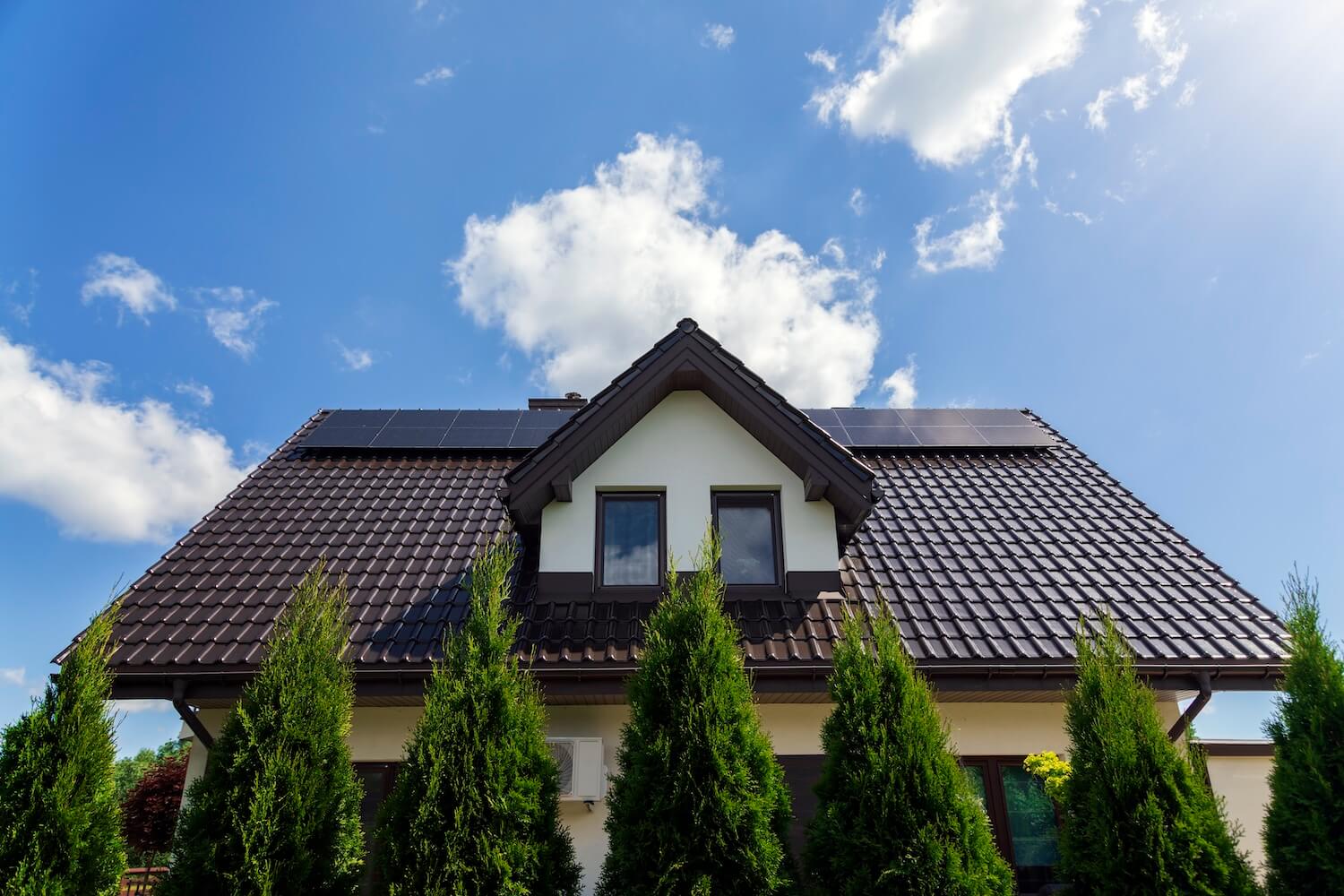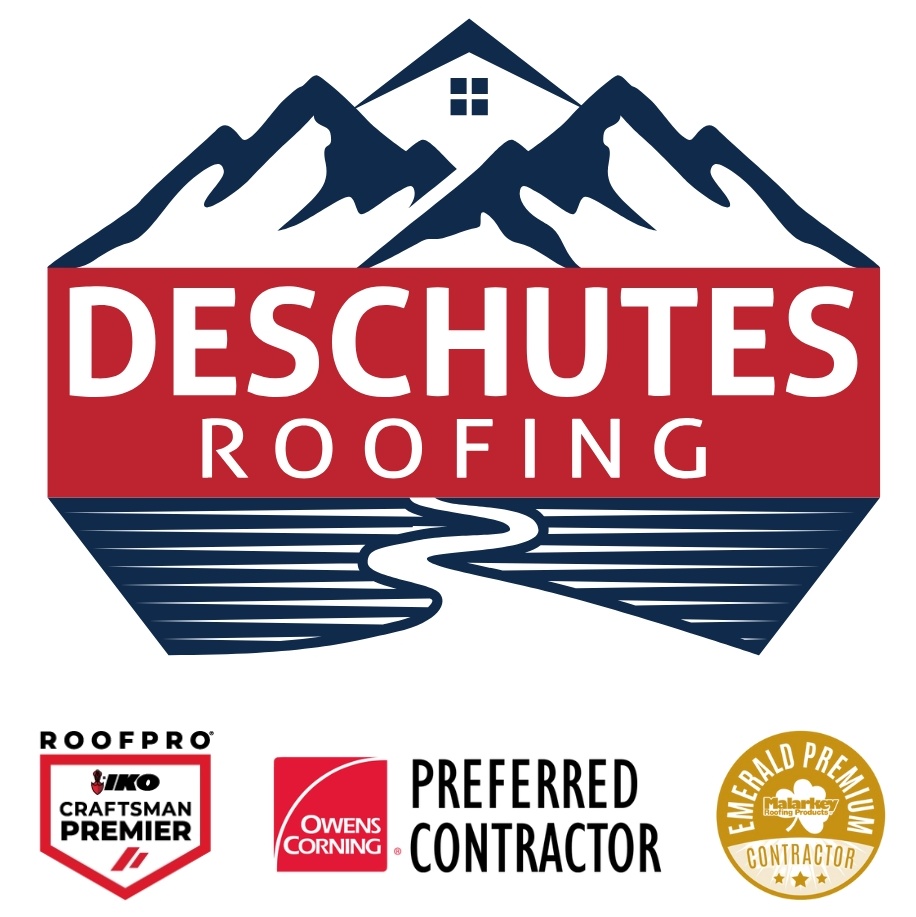As summer arrives, it brings long days, clear skies, and, unfortunately, intense heat waves. While many people worry about their air conditioning bills or sun exposure, one critical structure often gets overlooked: the roof. Your roof is the first line of defense against scorching UV rays and stifling heat, and in the face of extreme temperatures, it can take a beating.
In this article, we’ll explore how summer heatwaves can warp your roof, what warning signs to look for, the materials most at risk, and, most importantly, what you can do to protect your home. Whether you’re a homeowner or a property manager, understanding these risks can save you thousands in repairs and extend the lifespan of your roof.

The Science of Heat Damage: Why Roofs Warp in Summer
During a heatwave, roof surfaces can reach temperatures well above 150°F (65°C). This extreme heat affects roofing materials in several ways:
1. Thermal Expansion and Contraction
All materials expand when heated and contract when cooled. During a heatwave, roofs can undergo significant thermal expansion during the day and contraction at night. Over time, this constant cycle causes stress on roofing materials, leading to:
-
Warping or buckling of shingles
-
Cracked sealant or flashing
-
Nails backing out or becoming loose
-
Structural distortions in roof decking or underlayment
2. UV Radiation Degradation
Intense ultraviolet radiation can degrade certain roofing materials by breaking down their molecular structure. Asphalt shingles, for example, can dry out, become brittle, and lose their protective granules, making them more susceptible to cracking and curling.
3. Moisture Trapping and Vapor Buildup
Ironically, even in dry weather, heat can cause moisture issues. When hot air gets trapped in attic spaces with inadequate ventilation, it raises humidity levels and increases the risk of mold and rot. Worse still, this heat buildup can prematurely age roofing components from the inside out.
Most Vulnerable Roofing Materials in Heatwaves
Some roofing materials are more susceptible to heat-related home damage than others:
1. Asphalt Shingles
Asphalt shingles are widely used due to their affordability, but they are vulnerable to both UV damage and thermal expansion. Signs of heat-related damage include curling, blistering, and granule loss.
2. Wood Shingles/Shakes
Wood roofing is naturally beautiful but prone to drying out in extreme heat. This can lead to cracking, warping, and even increased fire risk in arid conditions.
3. Rubber (EPDM) Roofing
Commonly used in flat or low-slope commercial roofs, rubber roofing can shrink and crack under extreme heat unless properly treated or protected.
4. Low-Quality Metal Roofs
While metal roofing is typically heat-resistant, lower-grade metal or improperly installed systems can expand excessively, causing warping and stress on fasteners and seams.
Signs That Your Roof is Warping or Heat-Damaged
Catching early signs of heat damage can help you act before it becomes a full-blown roofing disaster. Look for:
-
Curling or buckling shingles: Indicates thermal expansion stress or moisture infiltration
-
Exposed underlayment: Suggests shingle failure or detachment due to heat
-
Melted or deteriorated sealant: Caused by prolonged UV exposure
-
Loose or missing shingles: Especially after a sudden storm following a heatwave
-
Cracks or blisters on roof surface: Often found on flat or modified bitumen roofs
-
Sagging roof sections: May indicate damage to roof decking due to heat and moisture
-
Rising indoor attic temperatures: Can suggest poor roof ventilation
Why Warped Roofing Is More Than Cosmetic
Some homeowners may dismiss warped or curled shingles as purely aesthetic concerns, but the consequences can be serious:
-
Water leaks: Warped shingles or cracked flashing can let rainwater seep into your attic, leading to mold, mildew, and structural rot.
-
Increased cooling costs: A damaged or poorly ventilated roof allows more heat to transfer into your home, making your air conditioner work harder.
-
Pest infestations: Gaps in roofing create easy access points for insects, rodents, and birds.
-
Reduced property value: A warped roof is a red flag during a home inspection and can significantly decrease market appeal.
-
Fire hazards: Dry, brittle roofing materials increase your home’s vulnerability to fire, especially in regions prone to wildfires.
How to Prevent Heat-Related Roof Damage
When it comes to preserving your roof during the blistering heat of summer, proactive prevention is always more cost-effective than reactive repair. Taking strategic steps before and during heat waves can dramatically reduce wear and tear on your roofing system. Here’s a more in-depth look at the key ways to protect your roof from summer heat damage:
1. Install Proper Ventilation
Proper ventilation is not just about keeping your attic cool—it’s vital for the overall health of your roof. Without sufficient airflow, the temperature in your attic can soar above 150°F, causing shingles to warp from below and leading to premature roof aging.
Types of Ventilation Systems:
-
Ridge Vents: Installed along the peak of your roof, ridge vents allow hot air to escape naturally.
-
Soffit Vents: Located under the eaves, these vents pull in cooler air to promote circulation.
-
Gable Vents: Placed on the exterior walls of your attic, they can be used in combination with ridge or soffit vents for enhanced airflow.
-
Powered Attic Fans: Electric or solar-powered, these actively remove hot air and are especially useful in areas with extreme heat.
Benefits:
-
Lowers attic temperatures
-
Reduces moisture buildup
-
Protects insulation from heat degradation
-
Helps extend the life of shingles, decking, and underlayment
2. Schedule a Professional Roof Inspection
A roof inspection is one of the best ways to catch early signs of heat damage before it escalates into costly problems. Professional roofers know exactly where to look for potential trouble spots and can advise you on the best course of action.
What They Check:
-
Signs of curling, cracking, or blistering shingles
-
Loose or missing fasteners
-
Damaged flashing or deteriorated sealant
-
Sagging rooflines or weakened decking
-
Proper function of ventilation systems
Scheduling an inspection in late spring or early summer gives you a head start on repairs before the hottest weather hits.
3. Upgrade to Heat-Resistant Roofing Materials
If your roof is nearing the end of its service life or you’ve already seen repeated heat-related issues, it might be time to invest in more durable, heat-resistant materials.
Best Roof Options for Hot Climates:
-
Metal Roofing: Reflects solar heat, resists warping, and has a long lifespan (40–70 years). Reflective coatings can increase energy efficiency.
-
Clay or Concrete Tiles: These materials are naturally heat- and fire-resistant, making them ideal for hot, dry regions. Their curved shape also improves airflow under the tiles.
-
Cool Roofing Shingles: Made with reflective granules or specialized materials that reflect more sunlight and absorb less heat than standard asphalt shingles.
-
Synthetic Roofs: Composite shingles or rubberized tiles can be engineered for thermal stability, UV resistance, and longer durability.
4. Apply Reflective Roof Coatings
For homes and especially flat-roofed commercial buildings, reflective coatings are an affordable way to lower roof surface temperatures and reduce heat absorption.
How It Works:
These coatings are applied directly to the roof surface and reflect the sun’s rays instead of absorbing them. They often include elastomeric, acrylic, or silicone bases and can be tinted white or other light colors.
Benefits:
-
Reduces roof surface temperature by up to 50°F
-
Extends the life of your roof
-
Helps cut cooling costs by up to 15%
-
Seals small cracks and waterproofs the surface
It’s a smart choice for aging roofs that don’t yet need replacement but could benefit from added UV protection.
5. Trim Overhanging Trees and Foliage
Trees can be both a blessing and a curse. While they provide natural shade that can lower your roof’s surface temperature, overhanging limbs can also pose risks during storms and trap moisture, debris, and critters.
Maintenance Tips:
-
Trim limbs so they are at least 10 feet from the roofline
-
Regularly remove fallen leaves and twigs from the roof surface
-
Ensure moss and algae aren’t accumulating in shaded areas
Overhanging branches can scrape against shingles, promote algae growth in shaded spots, and drop debris that clogs gutters, leading to water and heat damage over time.
6. Clean and Maintain Gutters and Downspouts
You might not immediately associate your gutters with heat protection, but they play a crucial supporting role in roof health. Clogged gutters can trap moisture along the roofline, which worsens the effects of heat and UV exposure.
What to Do:
-
Clean your gutters at least twice a year (spring and fall)
-
Check for cracks, sagging, or detachment
-
Make sure downspouts extend at least 3–4 feet from the foundation
-
Consider adding gutter guards to reduce debris buildup
Good gutter health ensures that your roof can shed water effectively, crucial during the summer when sudden downpours can follow a heatwave and exploit weakened roofing areas.
7. Insulate and Seal Your Attic
A poorly insulated attic doesn’t just make your home less energy-efficient—it also exacerbates roof damage from heat.
Best Practices:
-
Use R-38 or higher insulation for attics in hot climates
-
Seal leaks around light fixtures, ductwork, vents, and chimneys
-
Consider spray foam insulation for better air sealing and thermal resistance
By keeping the attic cooler and preventing hot air from building up under the roof deck, you minimize heat stress on roofing materials from underneath.
8. Install a Radiant Barrier
Radiant barriers are a supplemental insulation option that reflect radiant heat rather than absorbing it. Typically made from aluminum foil with a backing material, they’re installed under the roof decking or on attic rafters.
Key Advantages:
-
Can reduce attic temperatures by up to 30°F
-
Enhances the performance of existing insulation
-
Helps maintain a more consistent indoor temperature
-
Useful for both homes and commercial buildings in sun-heavy regions
While not an insulation replacement, radiant barriers offer an additional layer of heat protection for your roofing system.
9. Schedule Regular Maintenance and Quick Repairs
Small issues, if ignored, can become big problems during a heatwave. That’s why consistent maintenance is so important.
Maintenance Checklist:
-
Inspect flashing around chimneys, vents, and skylights
-
Replace damaged or missing shingles immediately
-
Re-caulk or reseal cracked seams
-
Watch for signs of roof sagging or discoloration
-
Check the attic for mold, mildew, or hot spots
Responding quickly to minor damage helps prevent costly and widespread deterioration. Summer storms, which often follow heat waves, can exploit even the smallest weakness in your roof.
10. Consider a Roofing Maintenance Plan
Many professional roofing companies offer seasonal or annual maintenance plans, which include:
-
Scheduled inspections
-
Debris removal
-
Minor repairs
-
Reports and recommendations
These plans are ideal for homeowners who want peace of mind and consistent roof performance throughout the year. If you live in a region with regular heat waves, a maintenance contract could save you thousands over the life of your roof.
When to Repair vs. When to Replace
Repair
If damage is localized or cosmetic, repairs may suffice:
-
Replacing a few curled shingles
-
Sealing small cracks in flashing
-
Reapplying sealant to vents or skylights
Replace
If your roof is showing widespread damage or nearing the end of its lifespan, replacement is the wiser investment:
-
Over 25 years old (for asphalt shingles)
-
Sagging or soft decking
-
Frequent leaks or moisture problems
-
High cooling bills despite insulation efforts
Always consult with a licensed roofer to get a professional assessment. Many companies offer free or low-cost inspections during peak roofing season.
How to Prepare for Future Heatwaves
Climate models suggest that heatwaves are becoming more frequent and severe. Here’s how to future-proof your home:
1. Insulate Your Attic
Proper attic insulation helps reduce thermal transfer and stabilize indoor temperatures. Consider:
-
R-38 or higher for hot climates
-
Blown-in cellulose or fiberglass batts
-
Air sealing around ducts, vents, and lighting fixtures
2. Add a Radiant Barrier
Radiant barriers reflect radiant heat rather than absorb it. Installed under the roof deck, they can lower attic temperatures by 30°F or more.
3. Monitor Your Roof with Technology
Smart home solutions now include thermal roof monitoring. Drones or infrared cameras can detect hot spots and moisture buildup before visible damage occurs.
Why Professional Roofers Matter More Than Ever
While DIY repairs may seem tempting, roofing is not a place to cut corners. Working with a professional roofing contractor ensures:
-
Correct material selection for your climate
-
Proper ventilation and flashing techniques
-
Safe installation practices
-
Warranty-backed workmanship
Many roofing companies now offer cool roof systems and climate-adapted materials. Hiring a professional ensures you’re not just fixing the problem—you’re building a roof ready for tomorrow’s weather.
Conclusion: Keep Your Cool—And Your Roof Intact
Heatwaves aren’t just tough on people—they’re brutal on your home’s roof. From warped shingles to compromised ventilation systems, summer can silently deteriorate your roof until costly problems arise. But with early detection, smart upgrades, and expert help, you can prevent your roof from becoming another victim of extreme weather.
Whether it’s scheduling a summer inspection, investing in reflective coatings, or planning a full roof replacement, now is the time to take proactive steps. Don’t wait for the next heatwave to remind you of your roof’s importance. A little preparation today can save your home—and your wallet—tomorrow.










